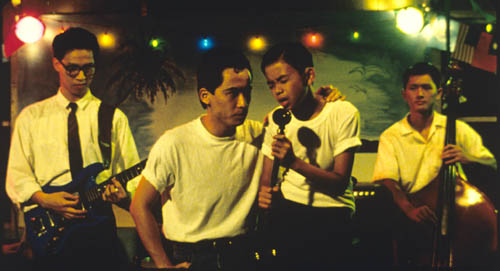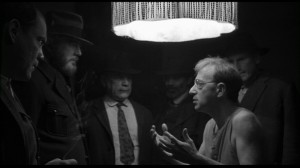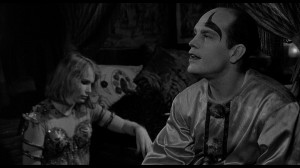The Undistributed
This appeared in the Chicago Reader in their Christmas issue (December 25) in 1992. — J.R.
The presumption behind most ten-best lists is that they include items available to everybody. One can always look at such lists and say, “Too bad I missed such and such. Maybe I’ll catch up with it on video.” But few people seem to be aware that they may never catch up with a film, because it never made it to Chicago at all—either to theaters or to video stores. In a consumer culture like ours we aren’t supposed to think too much about what merchandisers choose to put in front of us; it’s better for business if we assume that new movies just fall from the sky into theaters and video stores—and that those that don’t make it don’t deserve to. However, I see a certain number of movies in other countries every year that don’t make it to town, and sometimes they’re better than the movies that do. Why this happens so often is a matter worth exploring briefly.
In 1938 the U.S. government filed an antitrust action against Paramount Pictures, objecting to the monopolies of movie theaters held by the studios. By the end of 1946 a court judgment enjoined not only Paramount but also Loew’s, RKO, Warner Brothers, and 20th Century-Fox from acquiring additional theaters. Read more



